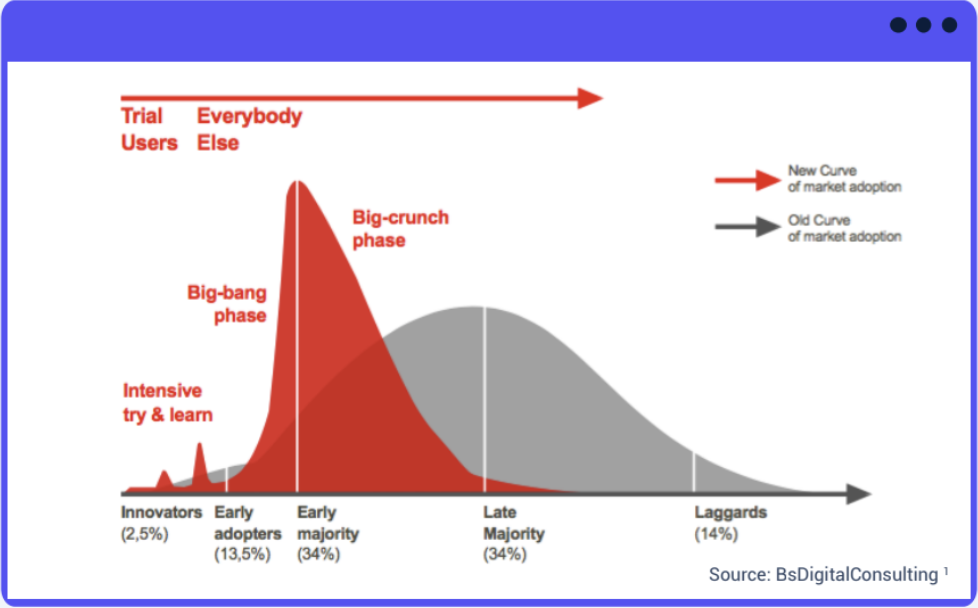New data from Board International, a leading global provider of Intelligent Planning Solutions which help organisations plan smarter, enabling actionable insights and better outcomes, reveals that despite nearly every global business executing some form of planning transformation attempt since 2020, 90% (Supply chain planning professionals: 88%) report it failing to some degree.
Good intentions aren’t enough
Three years on from Covid-19 caused widespread economic and social disruption, the new Board Planning Transformation Benchmark Survey asked 2,450 decision makers across the UK, US, Germany, France, Italy, Japan, Australia and Singapore how they are faring in light of a series of economic ‘unprecedented’ events. Just 13% (Supply chain planning professionals: 11%) said they were unaffected by events, such as Covid-19, the war in Ukraine and the cost-of-living crisis.
As a result, 85% (Supply chain planning professionals: 89%) of businesses say planning is now taken more seriously across their organisation; 76% (Supply chain planning professionals: 82%) have seen budgets for planning transformation and planning teams increase; and 94% (Supply chain planning professionals: 95%) are being asked for a more strategic approach to planning by their boards and / or investors.
The report highlights that 90% (Supply chain planning professionals: 88%) of transformations failed for one reason or another. A lack of technical capability within the organisation is cited as the top cause of failed transformations by over a quarter (Global: 26%; Supply chain planning professionals: 29%) of decision makers. Lack of investment in skills (Global: 23%; Supply chain planning professionals: 25%) and scarcity of team resources (Global: 22%; Supply chain planning professionals: 21%) came in close second and third places.
Antiquated practises
In addition to skills gaps, the data reveals wide usage of inefficient planning practices are preventing progress. When asked what tools they use to plan, nearly all (Global: 98%; Supply chain planning professionals: 98%) of the decision makers responded that they do some of their planning on spreadsheets like Excel – a tool built in 1985. And planners are taking on average 27 hours (Supply chain planning professionals: 27 hours) a week to model different scenarios for their business.
The need for a new approach is made clear when asked how ready decision makers feel to navigate the next ‘globally significant’ event on the horizon. When asked if they felt ready to cope with continued supply chain disruption (Global: 29%; Supply chain planning professionals: 26%), rising interest rates (Global: 22%; Supply chain planning professionals: 20%), another pandemic (Global: 32%; Supply chain planning professionals: 32%), or a recession (Global: 34%; Supply chain planning professionals: 35%), around a said they were not.
Marco Limena, Board CEO said: “With all the uncertainty that we see in the world, business leaders need to recognize a new reality: the era of continuous disruption is here. Those seven words are meant as a wake-up call for organizations to continuously adapt and find new capabilities and efficiencies to deal with today’s challenging environment. Continuous planning is an imperative, and the good news is that companies that advance their digital capabilities can steer their business at the speed of change and gain a competitive edge.”
About the survey:
2,450 decision-makers across the UK, US, Germany, France, Italy, Japan, Australia and Singapore in the financial, supply chain, or retail and merchandise planning functions in businesses with 500+ employees were surveyed online between the 26th of January and the 2nd of February 2023. Of these 849 are supply chain planning professionals. The findings for this subset are noted in brackets.






